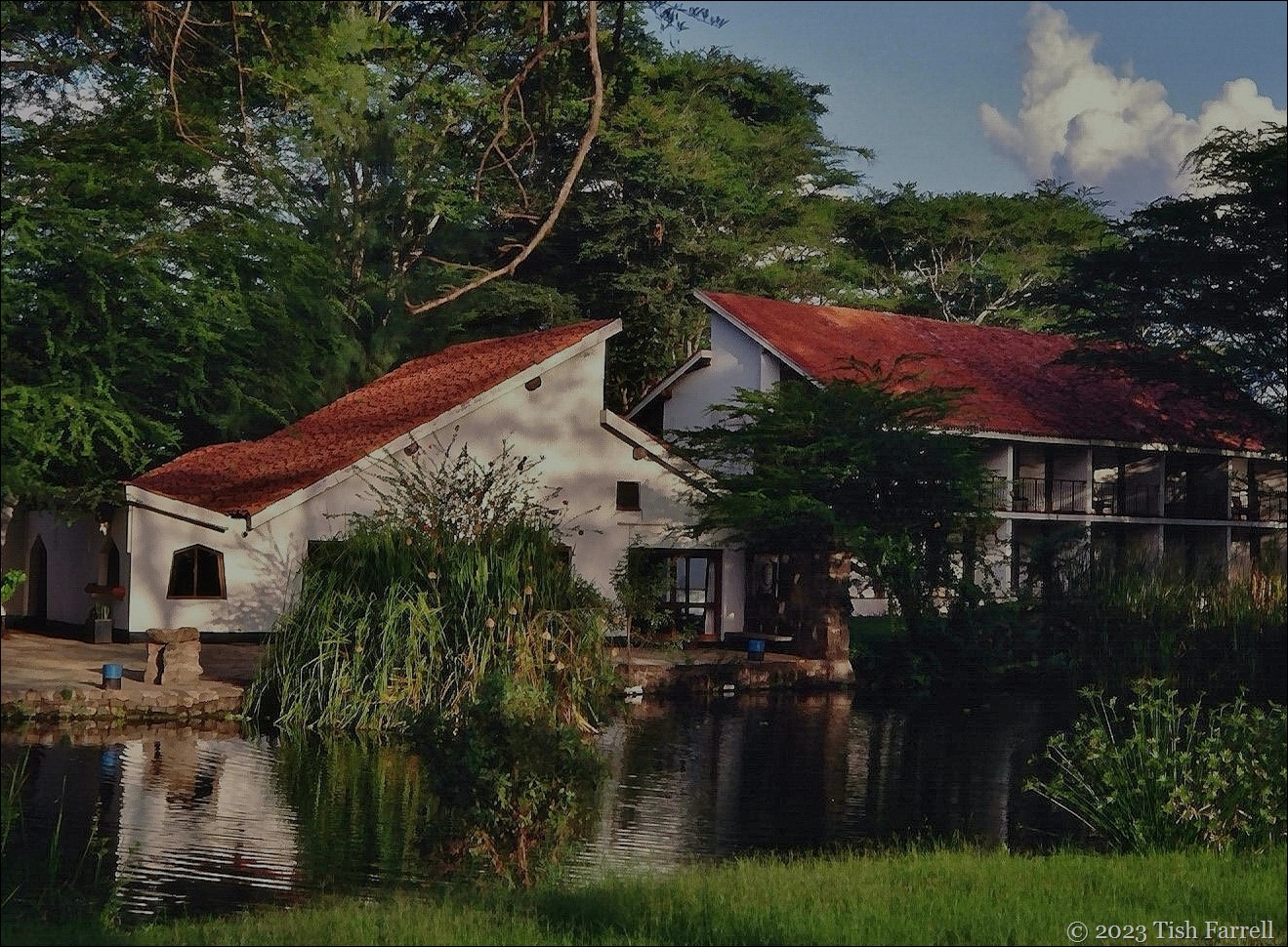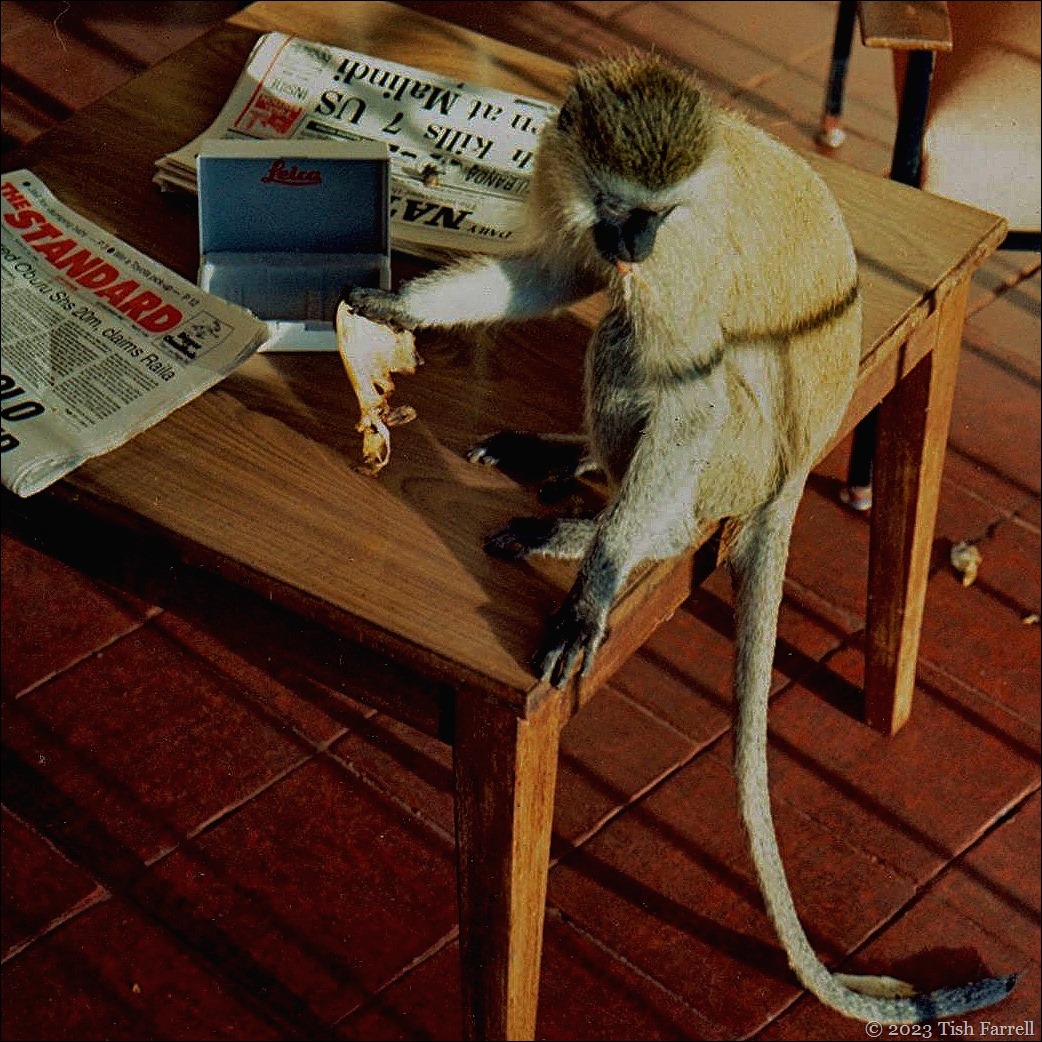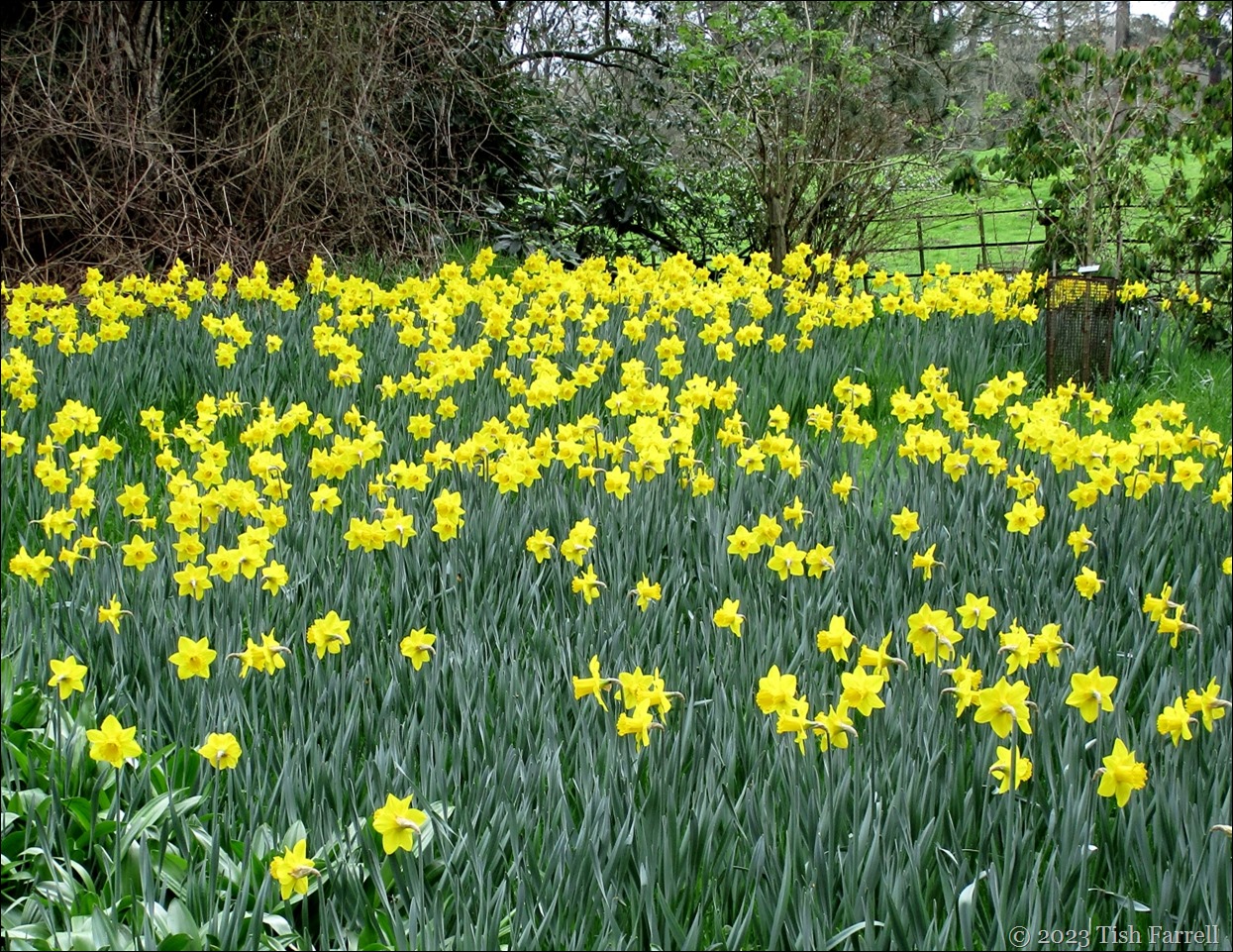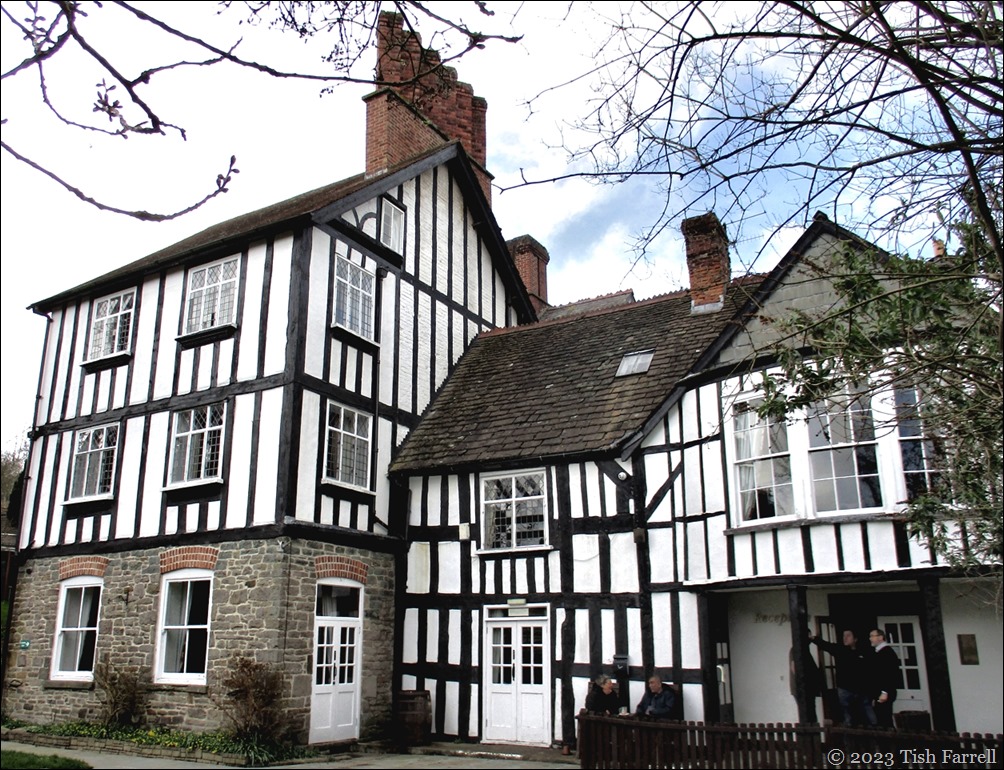
In another life-time I ran away to Africa and fell in love with light. I must have noticed light before, but I do not remember this kind of rapture. There’s the land too: the visceral, eviscerating redness of the earth. It strikes the eye, fires every neuron in the cerebral cortex, then jabs you in the solar plexus. The hue of life and death then; no wonder traditional peoples make so much use of this pigment. There were times when I felt I could eat it.
The place I ran from is very near the town of Broseley where we have recently come to live. There’s an odd sense of ‘full circle’ and a musing of: should I be worried about this unexpected retracing of steps; is there a reason I’m back here; some unfinished business to be dealt with now that I’m ‘older and wiser’? Etc. etc. I decide this line of thinking is a distraction, although it has me looking back through thirty years.
The place I ran (or rather flew) to was Nairobi, Kenya and so to a nine month stint of roaming up and down the Mombasa highway, accompanying a plant pathologist who worked both at the Kenya Agricultural Research Institute (KARI) in the city and at the Kiboko field station, a KARI outpost, a hundred miles south in Ukambani, homeland of the Akamba people.

Mombasa highway, looking north from Kiboko
*
Said plant pathologist, aka Graham, was working on a British government funded project to eradicate a maize-gobbling beetle known as LGB, the larger grain borer. (Everything you need to know about the science is at this link).
The pest had no known predators in Africa, having been introduced from South/Central America in consignments of US food aid in 1980s. And so finding itself free to infest the granaries of people who subsisted on grains, and on maize in particular, it quickly established itself across the southern and eastern continent, then in West Africa, travelling along major railway routes.
The aim of the project was to breed up stocks of a (safely) introduced predator beetle as a biological control and then release it in LGB infected areas. Meanwhile, the habits and destructive capacity of LGB were being monitored in various store experiments at Kiboko and at the coast near Mombasa.

On days when Graham was working at Kiboko, we stayed at Hunter’s Lodge. In our time it was an eccentric hostelry that seemed to survive for the benefit of its staff; there were rarely other guests there. Once it had been the home of John Hunter, Great White Hunter and doyen of the colonial grand safari era, friend of Baron Bror Blixen and Denys Finch Hatton, guide to sultans and European princes.
He had chosen the spot to build the house near the Kiboko River, at a place where elephant once came to drink at sundown. He also made a pool by diverting the river, and so created a marvellous haven for birdlife (some 3-400 species recorded there). I spent hours watching night herons, grey herons, weavers, pied, giant, brown headed kingfishers, ibis, white eyes, and storks. I took few photos: it was beyond my Olympus Trip’s capacity.
There are no elephant photos here either. They no longer came, nor would be welcome. Anyway, Hunter did a thorough job of official game clearance in Ukambani, where the colonial authorities deemed elephants a nuisance to settler farmers’ plantations. The nearest herds these days are an hour’s drive south in the vast national parks, Tsavo East and Tsavo West.



The bridge led to the hotel’s fruit and vegetable shamba
*

Rain and sunshine together: ‘a monkey’s wedding’
*
And speaking of monkeys, the garden was home to a troop of vervets, who soon learned we had a stash of food in our room. They were quick to relieve us of anything they could grab:

*
While I was staying at Hunter’s Lodge I met Esther, a young Akamba woman who had a stall selling wood carvings out on the highway. She also dealt in second-hand clothes and, an astute business woman, soon had me exchanging some of mine for her carvings. I think she had the best of the deal. I was useless at bargaining. She also had a notion that I would like to take a photo of her with young son Thomas. She knew exactly where she would pose, and took me along to the nearby petrol station where there was a cafe with a zebra mural. So please meet Esther and Thomas:

*
And here’s lovely Joyce who, on our return to Kenya a year later, used to keep our room tidy:

*
There were times, usually in the early morning, when we were leaving Kiboko that we’d catch sight of Kilimanjaro. There it rose on the horizon like a mirage. In seconds it would be gone, like a snuffed flame but without the tell-tale drift of smoke. You’d be left wondering if you dreamed it.

*

I fell in love with fever trees too, the graceful acacias that, incidentally, have no disease-bearing capacity, although the watery places where they live may well do so. The bark and foliage has a warm spicy scent that is unforgettable, and as for their looks in sundowner light, well, what is there to say…
When, at the end of our nomadic nine months, we went to live in Zambia (a very fresh-airy state) I truly missed the scent of fever trees. I couldn’t believe our luck when Graham was posted back to Kenya. It was then he had the rather dismal job of winding up the LGB project at the Kiboko field station. He threw a long, loud party for the lab staff at Hunter’s Lodge, and the next day everyone lined up to have their photo taken.

Most had other jobs to go to and were heading back to Nairobi and beyond. Only Paddy, then a young researcher, remained to carry on monitoring LGB movements and checking the insect traps on the nearby Range Station. He lived on the station in a remote staff house, up a long, long dirt road. These days he is Doctor of Agricultural Entomology at a research institute in Nairobi:


The road to the Range Station. I think this land was once a colonial (failed) sisal plantation. We heard that the thorny wilderness it had later become was the haunt of buffalo, an animal you definitely do not want to meet at close quarters.
*
After our return to Kenya in late 1993, we stayed on a further six years. This time Graham was involved with on-farm crop protection experiments, engaging the smallholder farmers in the process. As for LGB eradication, it seems attempts to use a biological control have not been especially successful, although the predator has naturalized and does have some limited effect on LGB numbers. Scrupulous cleaning of granaries between harvests plus chemical applications, e.g. dusting the stored crop with a pyrethroid insecticide does work, but otherwise it can be a sorry tale for subsistence farmers, who may not be able to afford the stuff. In the worst infestations up to 40% of stored grain can be lost, and up to 80% of dried cassava, a staple crop in West Africa.
So: some dark clouds on these horizons. It’s a lot to mull over. All these years on, I’m still trying to process it.

Graham at Emali market, buying maize for the Kiboko grain store experiments.
*
Lens-Artists: Glowing moments Siobhan at Bend Branches blog asks us to show her our best moments.




































































